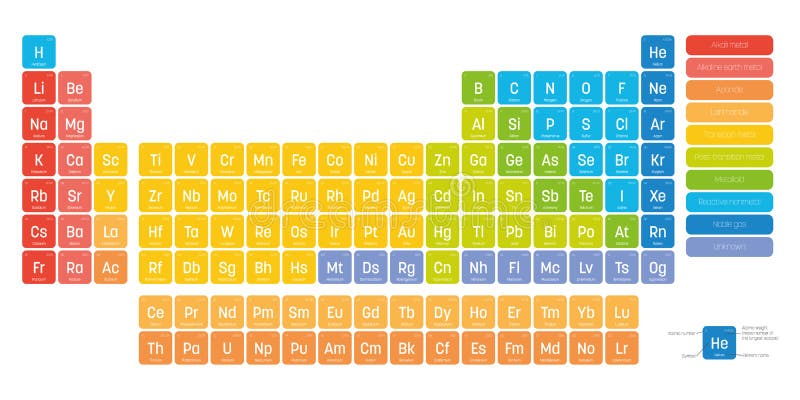
Scientists named berkelium (Bk) in honor of Berkeley, CA, where this element was discovered. Scientists named the elements yttrium (Y), ytterbium (Yb), terbium (Tb), and erbium (Er) for Ytterby, Sweden, as they were all found there in a mine. More recently discovered elements have names that represent places. Later, when scientists discovered that one of the first samples containing tantalum also contained another new element, it was named niobium after Niobe, Tantalus’s daughter. Scientists chose this name for tantalum because its oxide is unreactive with acid, a metaphorical parallel to Tantalus’s fate. Forced to stand in a pool of water, when Tantalus bent down to drink the water would disappear. Tantalus is best known for his eternal punishment, which was to suffer unquenchable thirst. Element 73, tantalum, gets its name from Tantalus, a Greek god and son of Zeus. Thorium derives its name from Thor, the Norse god of thunder. Still other elements were named after mythological figures. Scientists also named elements 46 (palladium) and 58 (cerium) after heavenly bodies, but in these instances after the asteroids Pallas and Ceres, respectively. When elements 93 and 94 were discovered in the 1940s, scientists named them neptunium and plutonium after the planets that followed Uranus in the solar system. In 1789, they named element 92, uranium, after Uranus, discovered in 1781. Scientists named the elements uranium, neptunium, and plutonium after planets. Technetium is named from the Greek word technªtos, which means “artificial” and is applicable because technetium has no stable isotopes and scientists produced it artificially in a laboratory. Scientists discovered helium when they were studying a solar eclipse and saw an unexpected line in an emission spectrum therefore, helium was named after the Greek word for the sun, helios. Like helium and technetium, some of the elements were named based on how they were discovered or how they were obtained. Nickel was named after the German word kupfernickel (or kopparnickel) meaning “copper colored” which is descriptive of the ore, niccolite (or nickeline), from which nickel is obtained. For example, aluminum is found in alum (a compound of aluminum potassium and sulfate) and was named after that compound. Other elements were named after the compound or ore from which they were isolated. Iodine is named from the Greek word iodes, which means “violet” because of the purple color of the gaseous form of iodine.

The Greek phosphoros, from which the name phosphorous is derived, means “lightning bringer” representing its reactivity. For example, some types of phosphorous burn when exposed to air. Some elements have descriptive names based on an attribute of the element. Elements have been named after a number of things including their attributes, the compound or ore from which they were isolated, how they were discovered or obtained, mythological figures, places, and famous people. Because discovering an element can be a difficult task, individuals or groups that discover an element typically get the privilege of naming it.


 0 kommentar(er)
0 kommentar(er)
